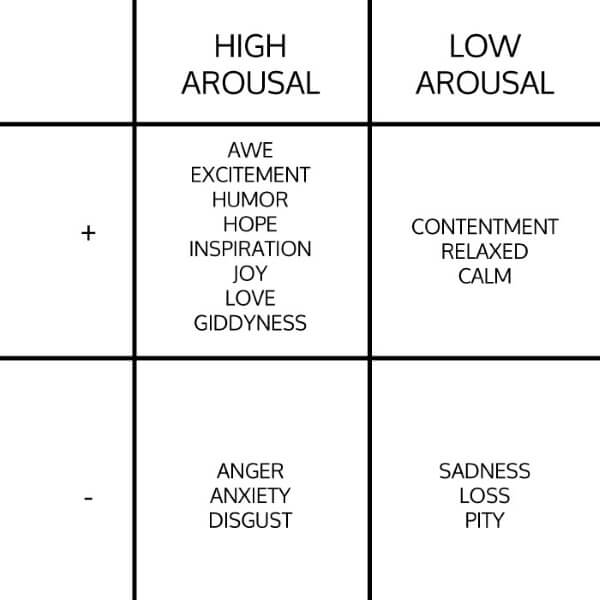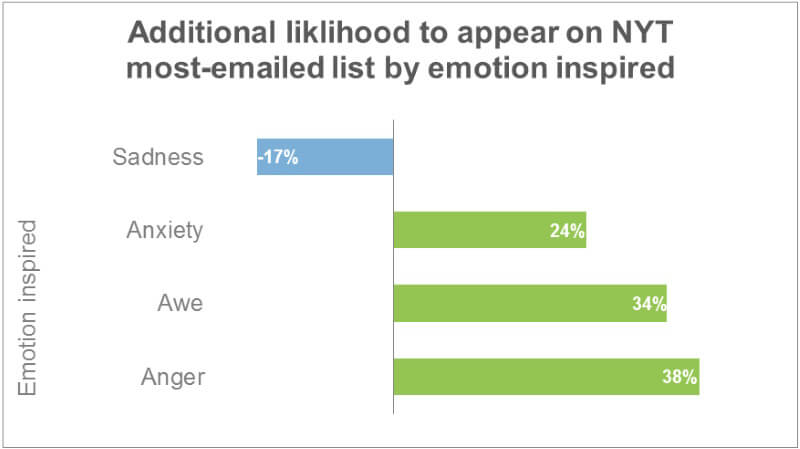5 Secrets of Blog Posts that Go Viral

Quality isn’t always a measure of whether content is going to go viral. Actually, neither is budget. Studies have found that 60% of viral advertising isn’t created by Fortune 500s. It’s crafted by smaller brands. You have the power to earn thousands of Facebook shares, ReTweets, and +1s. And today, we’ll share some tips on how you can unleash it.
You already know the fundamentals of content that’s destined for viral. It’s going to be well-written, effectively targeted to the audience, and contextually spot-on. However, we’ve chosen to look a little deeper, and shared the science behind some of the world’s most popular blog posts:
1. It’s Taboo
Every marketer ought to delve into Mark Hughes’ book Buzzmarketing. For the uninitiated, he covers six different types of content that are bound to go viral. The first is taboo topics. It makes perfect sense when you think about it. If you talk about what other people aren’t willing to discuss, you’ll fill a niche. You get their attention. And perhaps most importantly, you articulate what they’re afraid to.
As Gregory Ciotti wisely points out, it’s really not a matter of what’s taboo for society as a whole. In fact, those are probably topics you should avoid at all costs. However, think about what’s taboo for your particular community, and focus on that. For marketers, examples of “safe” taboo content topics could include:
- Are you unhappy with your outsourced content?
- Will the content marketing bubble pop?
- How much do content marketers earn?
2. It’s Positive

In a recent study that focused on the science of viral, people were asked whether they’d share a video after viewing it. Significantly more were willing to share content that made them feel positively than negatively.
Sometimes you have to share bad news, and every once in a while, it’s certainly okay to emphasize an issue by taking a negative bent. However, most of the time, make a point of giving your readers hope – and they’ll likely reciprocate by sharing.
3. It’s Outrageous
Think about Upworthy, one of the most viral websites online. Most of their content could be described as outrageous, and this fact is emphasized in their headlines. A recent stop by their website revealed the following article titles that fit this category:
- The Next Step in Human Evolution is Creepy, Scary and Kind of Awesome
- If You Think College Tuition is Insane, You Should See What They Pay Some Professors
- If You Wanted to Hug the Internet for Being so Swell, Here’s Where it Is
If you want to get someone’s attention, take a sharp turn away from the norm, and let your freak flag fly a little bit. Consider taking a wildly different look at a commonplace topic, or emphasizing the unusual in your next piece of content marketing.
Feel like you could use a little inspiration in the art of the unusual? Check out the 15 Rocking Content Marketing Tools & Advice from Experts.
4. It’s Really Funny
Humor is probably a lot trickier than you think. What one kind of person finds hilarious, another may find boring or even offensive. While it’s best to avoid anything that could turn your audience off, I recommend considering closely which of the seven types of humor your readers will react best to. The categories, as defined by blogger Erik Decker are:
- Farce
- Dark
- Screwball
- Slapstick
- Parody
- Satire
- Dry
As the self-proclaimed “greatest blogger of his time” Matt Polsky points out, “being funny is a trick of confidence.” Creating humorous content creates an instant rapport, allowing you to win the hearts – and shares – of your audience.
5. It’s Powerful
Turns out, not all emotional reactions are created equal. While content that makes your audience feel something is better than content that’s totally devoid of emotion, people are more likely to share “high arousal” content. The image below lists out some of the most common emotions, as well as the category they fall into:

In order for your content to be shared, it should inspire one of the following feelings:
- Humor
- Hope
- Joy
- Giddiness
- Anger
- Disgust
- Anxiety
This concept is further illustrated in the following graph, which looks at how often the New York Times’ content is shared via email according to the emotion it inspired:

Further studies confirm that the more aroused someone is after consuming a piece of content, the more likely they are to share. In one of the most interesting research cases I came across, individuals who ran on a treadmill while reading a blog were more likely to have a strong reaction than their counterparts who read it while sitting. You can’t exactly ask your audience to exercise while they read your blog posts, so make sure you’re working towards high arousal emotions.
For more tips on creating viral blog posts, check out 15 Unbelievably Powerful Pro-Tips for Rockstar Blog Titles.

Comments (0)